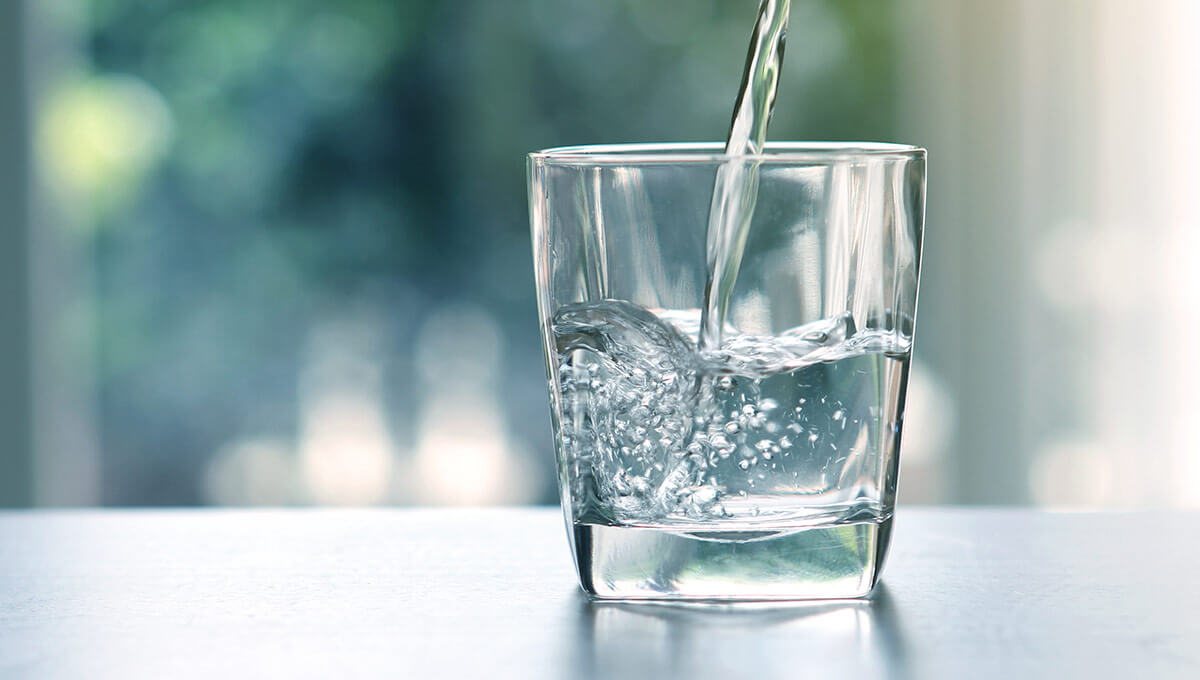
Ways to drink more water

The problem of anaemia can affect anyone, but its occurrence is particularly common in pregnant women and older people. Is a well-balanced diet helpful in improving the current state of health? What nutrients should be included in daily supplementation?
Anaemia is a blood disorder, which is often simply called anaemia. The main cause of this condition is a too low level of erythrocytes (red blood cells), which is usually accompanied by an insufficient haemoglobin content. An insufficient amount of haemoglobin in the body has an extremely negative effect on the distribution of oxygen to the other tissues. There can be many reasons for this, ranging from a deficit of iron and certain vitamins in the daily diet to simply increased blood loss or genetic predisposition (so-called inherited anaemia).
Symptoms occurring during the course of the disease depend on, among other things, the type of anaemia, the cause of the anaemia or the current condition of the patient. However, in the majority of recorded cases the following can be observed:
It is also worth adding that anaemia, being the result of a poorly structured diet or ineffective supplementation (which is connected with the aforementioned iron deficiency), is often manifested by hair loss, excessive dryness of the skin and the appearance of characteristic striations and grooves in the surface of the nail plates.
Many experts recommend that changes be made to the current diet first. People with anaemia must ensure that they increase the number of products rich in beneficial active ingredients, which can contribute to the restoration of optimal erythrocyte and haemoglobin content. This is why doctors recommend reaching for foods rich in iron, B vitamins (including B2 and B12) and folic acid. Products which should be included in the dietary plan are e.g. nuts, pumpkin seeds, reasonable amounts of red meat, eggs, dried fruit, dark green leafy vegetables (e.g. spinach) and pulses.
One should remember about supplementation, which allows providing the organism with easily absorbable forms of the mentioned substances. When it comes to iron, it is worth choosing products of the Olimp Labs brand, which are manufactured in a modern Research and Development Centre of the Olimp Laboratories pharmaceutical company from high quality microbiologically tested materials. Products such as Olimp Chela-Ferr Forte, Olimp Chela-Ferr Med or Olimp Chela-Ferr Bio Complex allow supplementing the daily diet with the optimal dose of iron (available in the form of amino acid chelate) and a number of other valuable components (including folic acid and vitamins). All products have been recommended by the Institute of Mother and Child, which confirms high quality of Olimp Labs supplements.
The information below is required for social login
Sign In
Create New Account